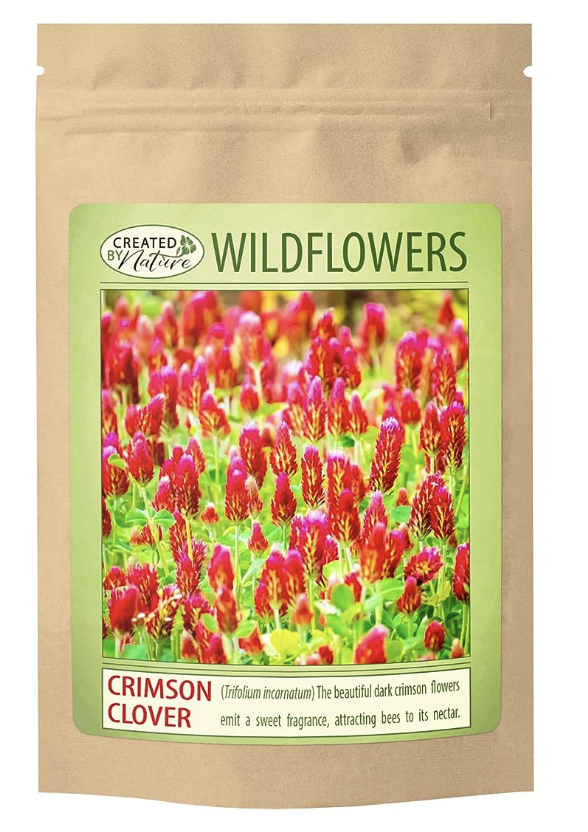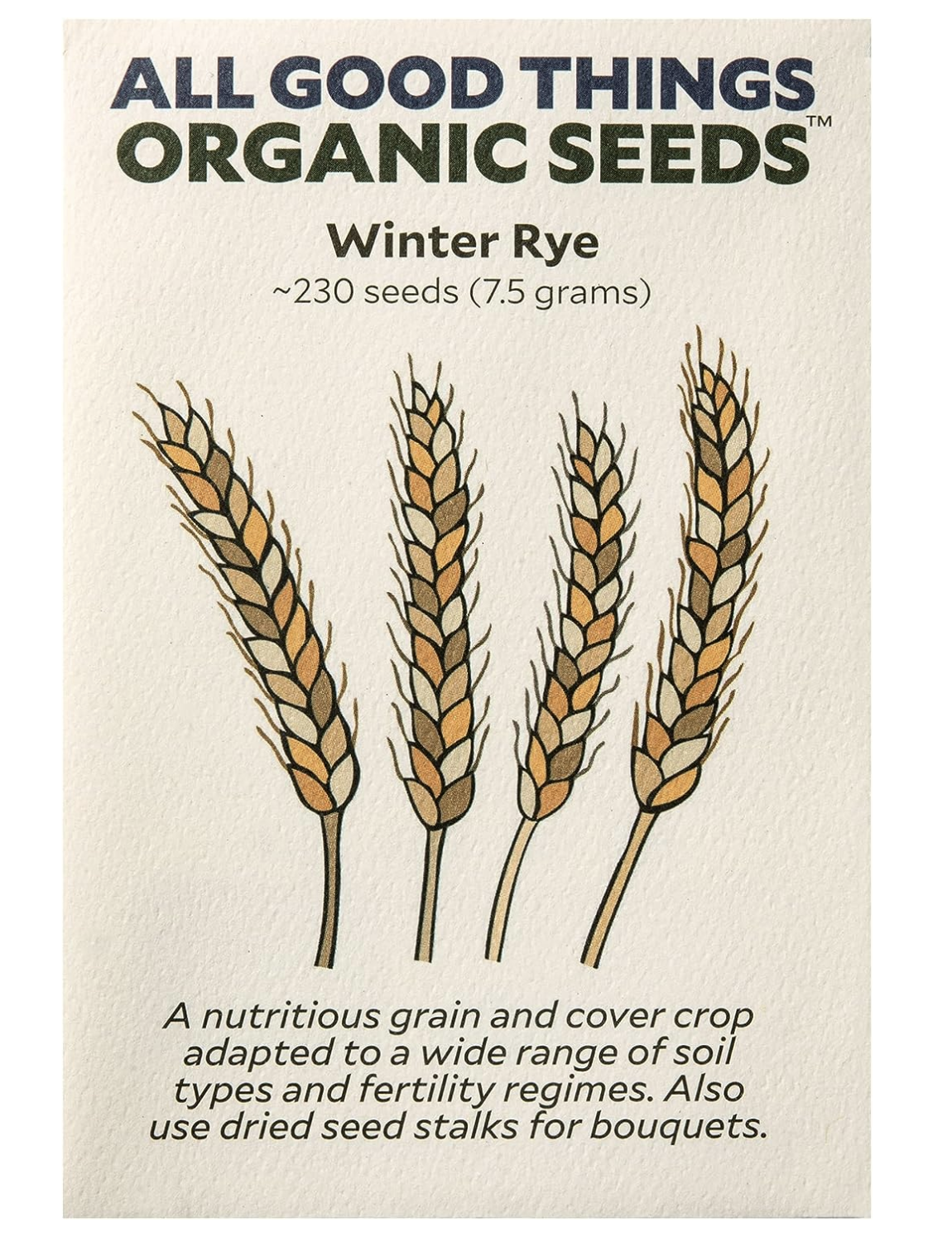What to do with your vegetable beds in September – how to grow more and prep them for Spring
It's time to treat your vegetable beds to some TLC, then let them take a rest. Alternatively you could plant some crops that will thrive in the cold season
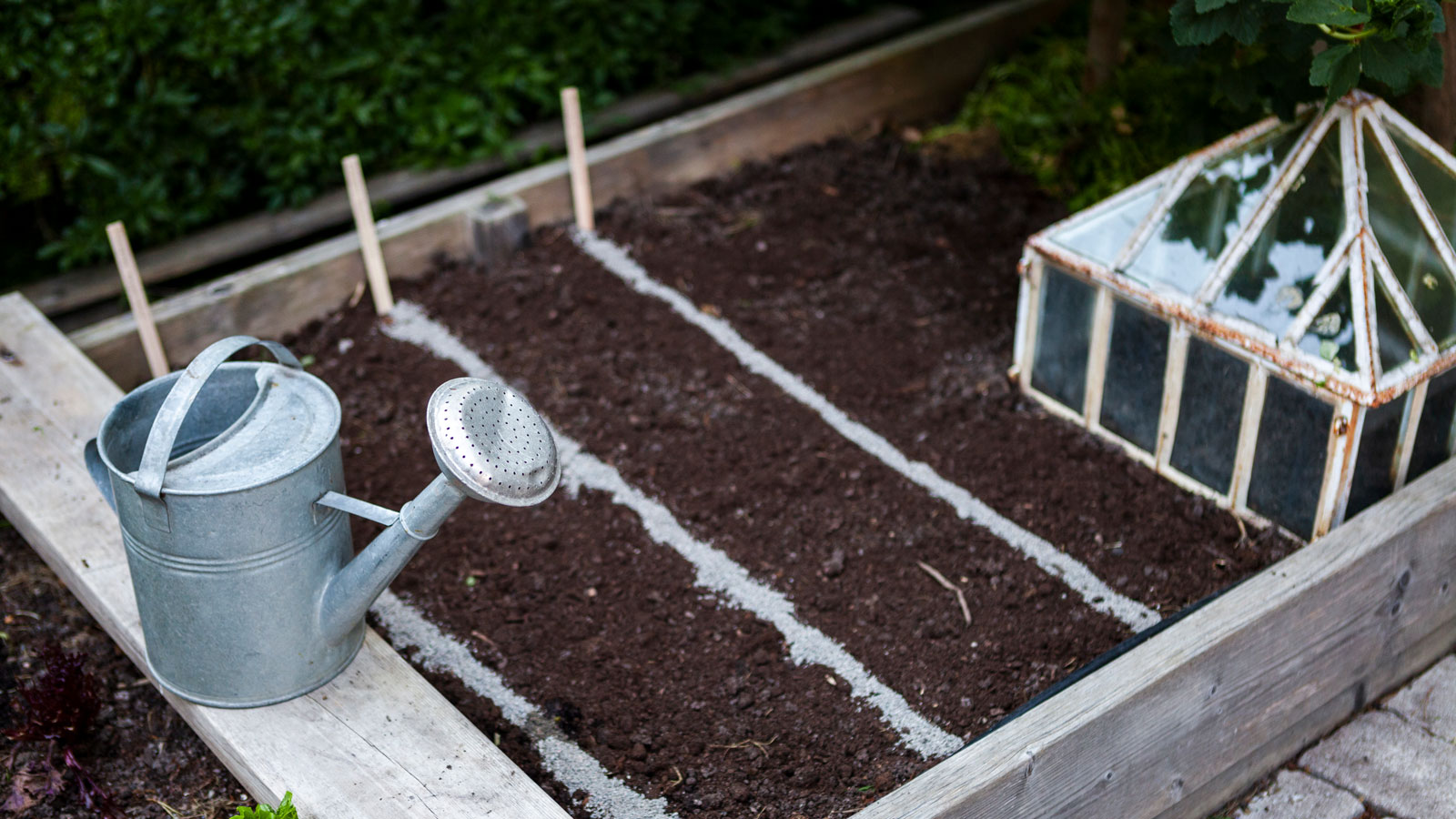
Even though the gardening season is slowly winding down and your kitchen counter is (hopefully) stacked high with a bumper harvest of fresh produce, your vegetable growing activities don't have to stop now.
If you're wondering what to do with your vegetable beds or vegetable container garden in fall the good news is you can continue to grow crops right through winter if you want to. Choose the right varieties and they will thrive whatever your climate.
Alternatively if you're looking forward to taking a break from your vegetable beds now is the time to make sure they're in the best shape possible before you pack away your spade and head indoors to browse the seed catalogs and plan what you're going to grow in spring.
Our easy 7 point checklist on what to do with your vegetable beds in fall works either way. Simply skip over points 2 and 6 if you're taking a winter break.
1. Clean out spent crops
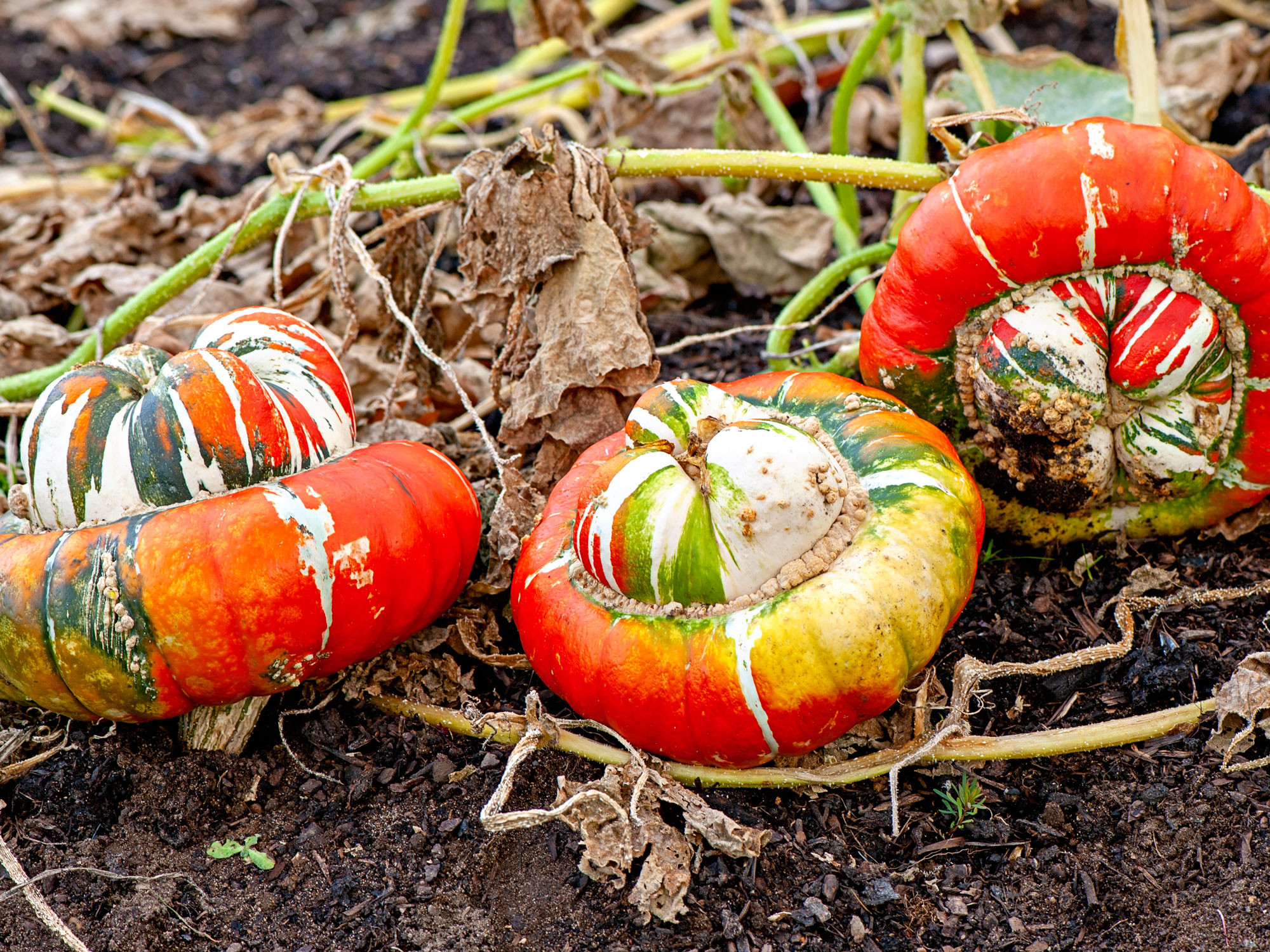
A turban squash will keep for up to 3 months when stored in a cool place away from sunlight
'It can be tricky to tell when it’s time to pull out a crop,' says horticulturalist Gail Pabst, who works for the National Garden Bureau . 'Sometimes vegetables like peas and beans keep producing a few pods here and there, and you may hesitate to pull them out. I remove vegetable plants as soon as production declines. This means you can make way for the fall vegetable garden.'
Remove any spent stems and debris to avoid harboring pests and diseases. Cut down the dying leaves of potatoes, pumpkins and squashes once you've harvested the remaining crop. When summer produce like tomatoes are finished they can be added to the compost bin as long as they are disease free. Remove, clean and store any canes you've used as supports.
If you have grown beans or peas you can simply cut them back and leave the roots in the earth to decompose. They will feed the soil as they're packed with nitrogen.
2. Plan your fall vegetable garden
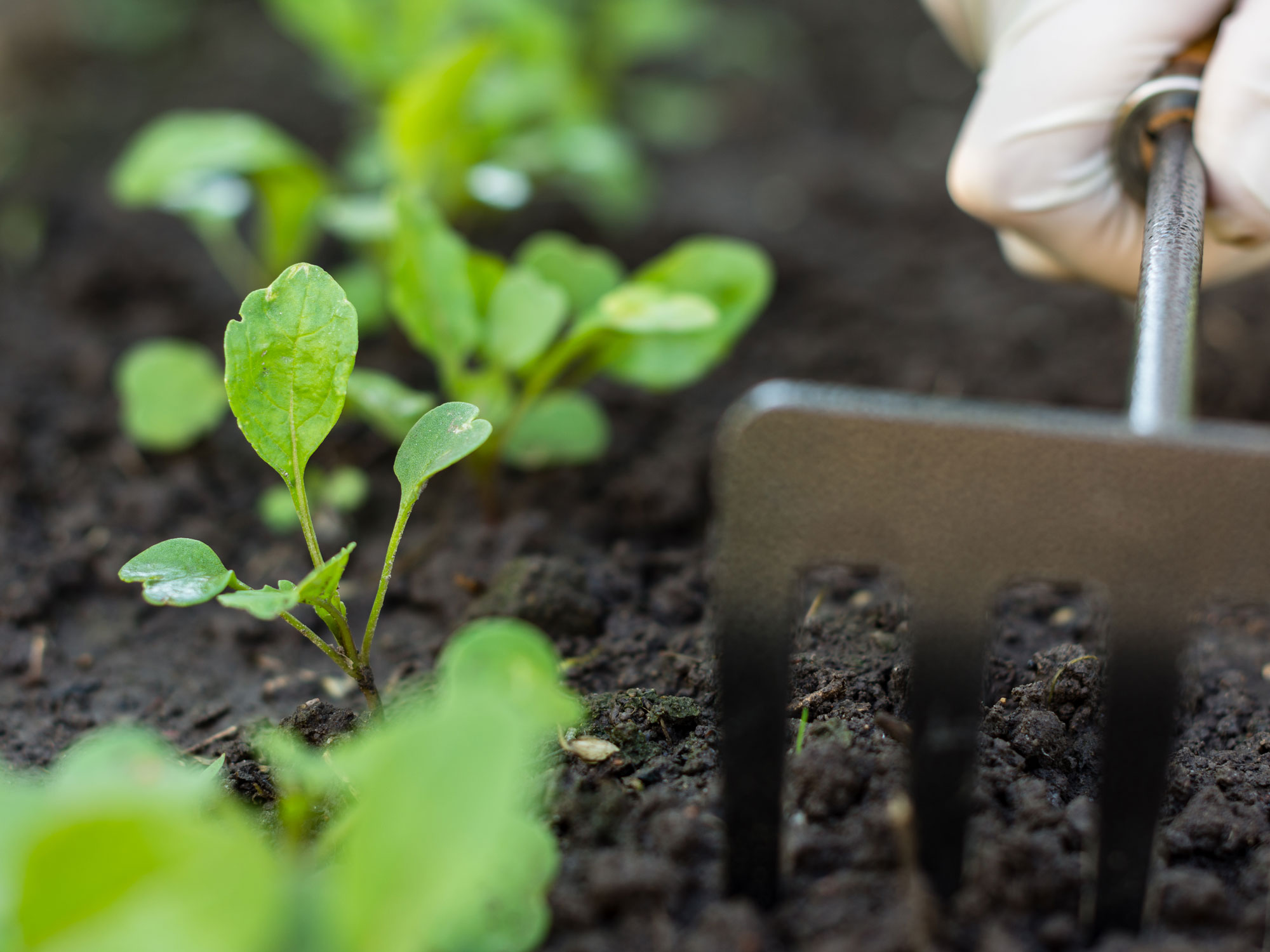
Arugula is a good choice for a tasty winter crop
Timing is everything when planning a fall garden. Check your expected first frost date in your area, and then count backwards to know when to sow seeds or plants. 'Look for the “days to maturity” info on seed packets or plant tags to know when to start your fall veggie garden to ensure a good harvest before the first freeze,' says Gail Pabst. 'Consider adding low tunnels. These covers help protect crops from cold and extend the harvest season.' These low tunnels on Amazon will be perfect.
Cooler temperatures not only reduce the amount of time spent watering and the likelihood of pest infestations, but many fall crops taste best when kissed by frost. 'Some crops, like arugula, taste bitter and bolt when temperatures rise and daylight lengthens, but taste sweetly savory during chilly autumn days,' says Gail. 'Kale and Brussels sprouts actually taste the sweetest after a frosty coating.'
Always check the growing information on seed packets or plant tags to see what temperatures your chosen vegetables can tolerate.
3. Dig over the soil in your vegetable beds
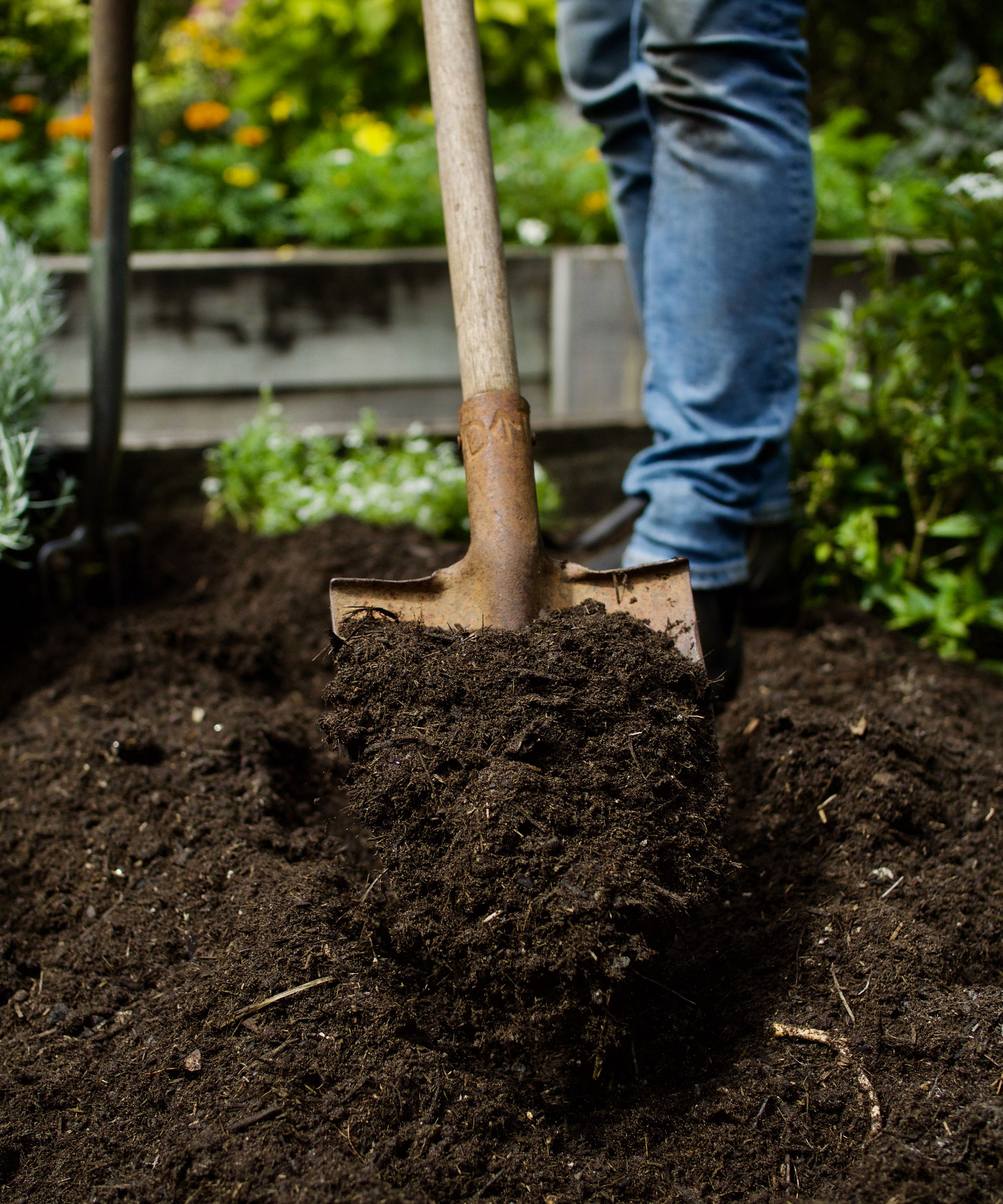
It's always best to work the soil in fall, particularly if it's a heavy consistency, as the task will be that much harder in spring. This will make sure the soil is in the best condition for an early start next year.
Pick a sunny day and work over the surface. Don't dig too deep as this can harm the microbial life in the soil. You can leave large clumps and the frost will do the rest of the work for you by breaking it down.
If you run out of time and can't work the soil in fall, you can make do by adding a layer of mature compost to the surface followed by a layer of mulch that will remain in place all winter.
4. Plant a cover crop if your plot is going to be dormant
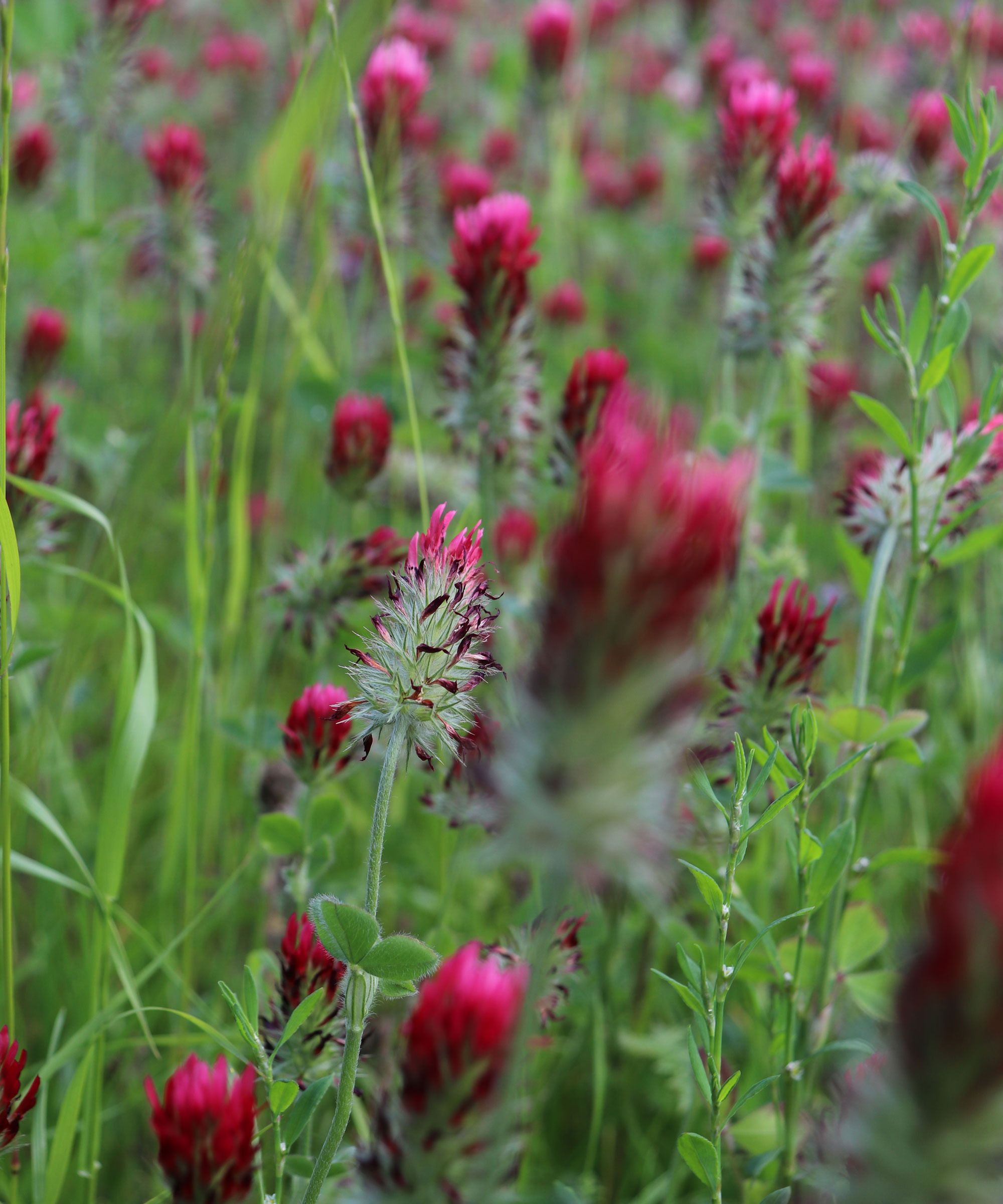
Planted in late summer, crimson clover provides good groundcover and weed control. It looks good too
If you're more of a summer gardener and your vegetable beds are going to be dormant during fall and winter, now is your chance to inject nutrients into your soil and improve its structure.
Plants grown expressly for building soil are called cover crops or 'green manure' and there is still time to sow them. They will be ready for digging in to the soil early next spring. They add carbon and nitrogen to your soil, increase the organic matter, and stop weeds in their tracks.
Reliable cover crop varieties include fall rye, crimson clover, and oats or barley. It beats looking at a patch of bare soil all winter too.
5. Feed the soil if you're planting vegetables in fall
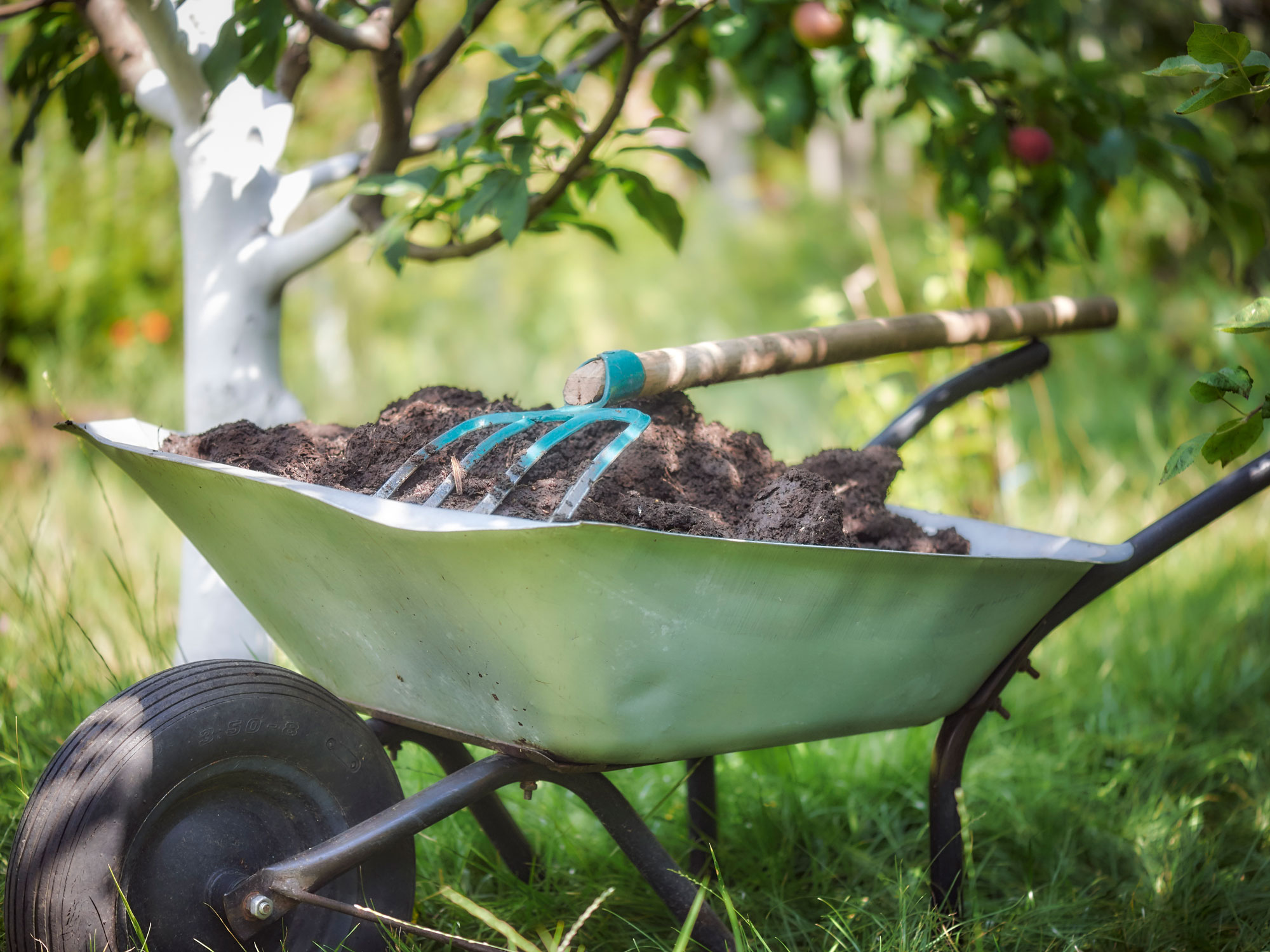
Fork out your home made compost in fall
It's time to enrich the soil in your vegetable plot, especially if you plan to extend your growing season through fall and winter. The scraps you’ve been adding to your composter all summer long should be good and ready, and now is the time to spread a thick layer on your cleared and dug vegetable beds, along with leaf mold or any other soil improvers such as pellet compost.
You’ll know when your compost is good to go as it will have a dark crumbly texture, as well as smelling rich and loamy. Adding this to your vegetable beds in fall will help improve soil structure, balance pH, and feed healthy micro-organisms found in it. There’s no need to turn it in, as rain will wash nutrients down to root level, while worms will also help by pulling down organic matter.
6. Plant a selection of fall vegetables
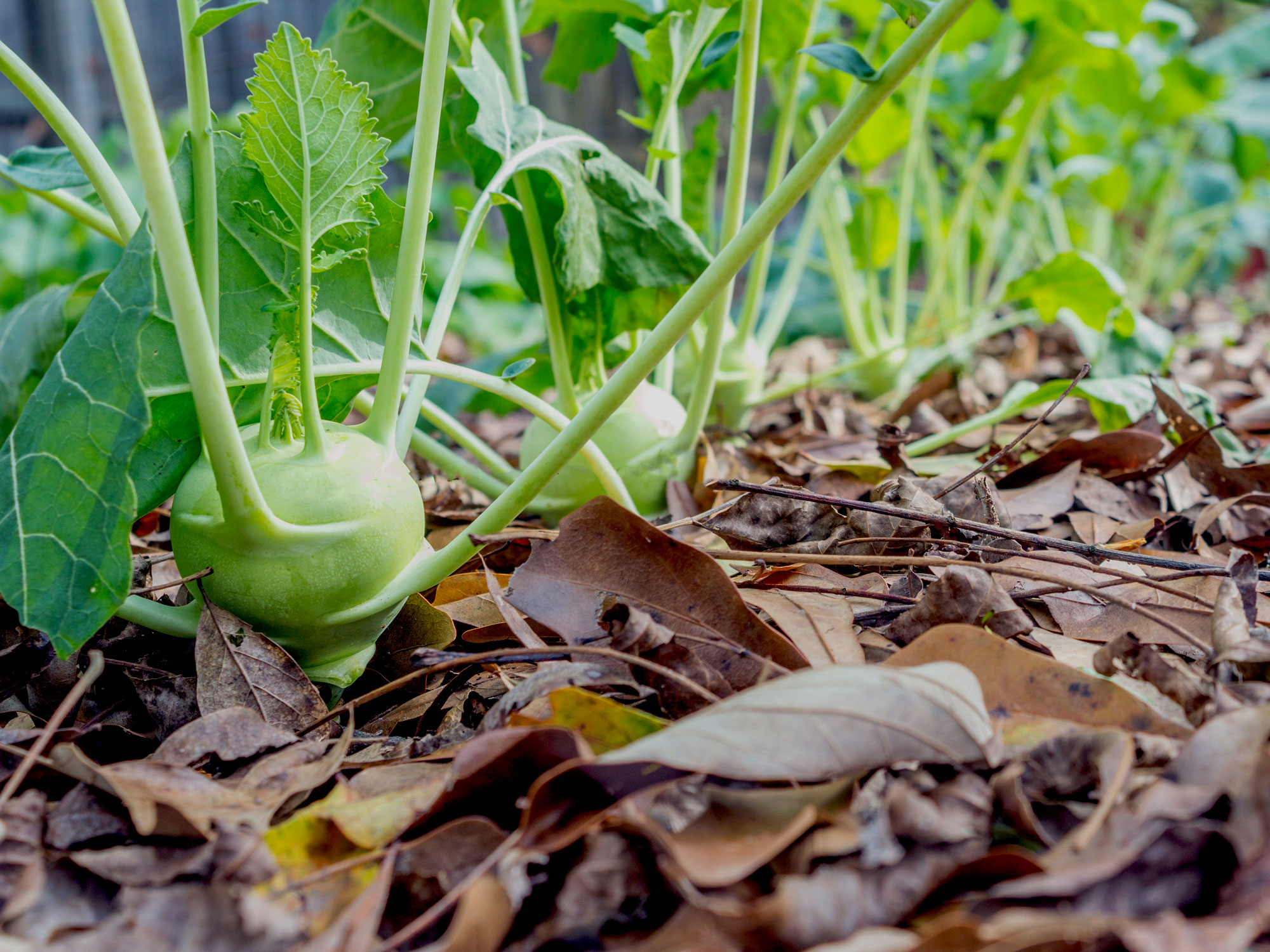
Kohlrabi is a favorite to plant in fall vegetable beds
If you live in cooler parts of the country you’ll want to plant fast-finish crops that are ready for harvest before frost arrives. 'Leafy lettuce greens grow super-fast,' say the team at Burpee. 'You can harvest in just a few weeks and keep coming back for a month or more. '
Fall vegetables to consider growing include broccoli, Brussels sprouts, cabbage, collards, kale, kohlrabi, and lettuce. According to Burpee, if you live in a warmer climate, it’s much more flexible. 'All of these can be planted in fall for an all-winter harvest. They love the cooler temperatures and can even take some frost.'
Extending your harvest is easy with coverings built to fit your vegetable bed. A simple cloche can help insulate crops from winter chill. A sturdier cold frame built to cover your whole bed will also protect crops.
7. Mulch any exposed soil
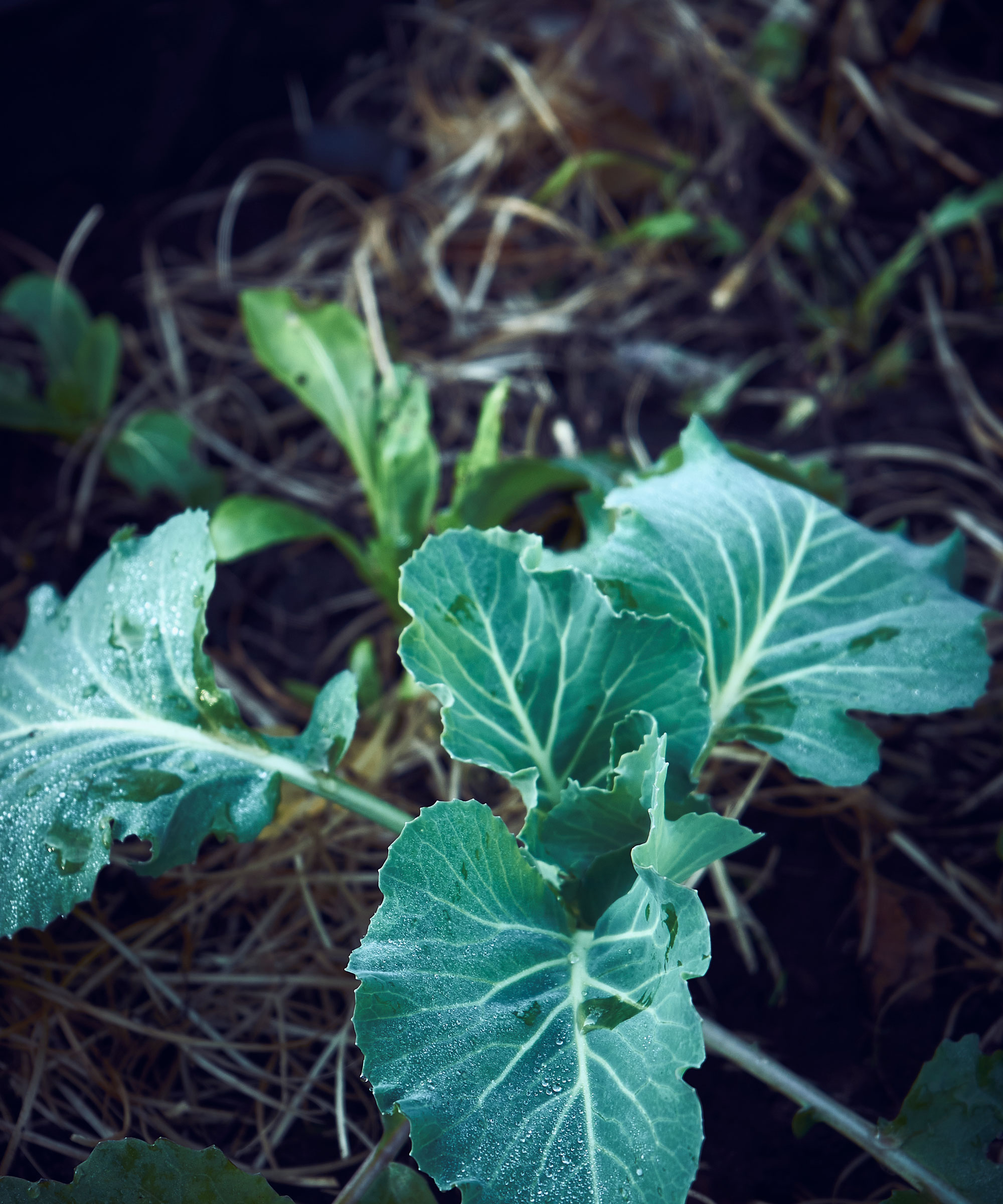
Winter cabbage plants mulched with straw
If you have planted crops to grow over winter, it’s important to cover up any exposed soil to hold in warmth. The best way to do this is by adding a protective mulch to your soil. A layer of organic matter spread over the soil surface helps to insulate plants and keep weeds away.
You can use a good thick layer (around 2 inches) of leaf mold or straw. Just pile the stuff on top of the soil, but do keep an eye on it as it will rot down fairly quickly, and top up if necessary. You can also use a single layer of cardboard as a mulch.
Tucking mulch around winter vegetable plants and over exposed soil will also help reduce weeds in spring.
That's it when it comes to what to do with your vegetable beds in fall. Then all you have to do is either keep an eye on the vegetables you've just planted, especially if extreme weather threatens, or alternatively sit back and enjoy the break before you head back to the vegetable bed in spring.
Be The First To Know
The Livingetc newsletters are your inside source for what’s shaping interiors now - and what’s next. Discover trend forecasts, smart style ideas, and curated shopping inspiration that brings design to life. Subscribe today and stay ahead of the curve.
Lifestyle journalist Sarah Wilson writes about flowers, plants, garden design and trends. She has studied introductory garden and landscape design and floristry, and also has an RHS Level 2 qualification in the Principles of Plant Growth and Development. In addition to homesandgardens.com and livingetc.com she's written for gardeningetc.com, Real Homes, Modern Gardens and Country Homes & Interiors magazines. Her first job was at Elle magazine, during which time a trip to the beautiful La Colombe d'Or in St-Paul-de-Vence led to an interest in writing about all things botanical. Later as lifestyle editor at Country Homes & Interiors magazine the real pull was the run of captivating country gardens that were featured.
-
 Turns Out the Coolest New Café is Actually In Your Kitchen — Here's How to Steal the Style of TikTok's Latest Trend
Turns Out the Coolest New Café is Actually In Your Kitchen — Here's How to Steal the Style of TikTok's Latest TrendGoodbye, over-priced lattes. Hello, home-brewed coffee with friends. TikTok's 'Home Cafe' trend brings stylish cafe culture into the comfort of your own home
By Devin Toolen Published
-
 5 Bathroom Layouts That Look Dated in 2025 — Plus the Alternatives Designers Use Instead for a More Contemporary Space
5 Bathroom Layouts That Look Dated in 2025 — Plus the Alternatives Designers Use Instead for a More Contemporary SpaceFor a bathroom that feels in line with the times, avoid these layouts and be more intentional with the placement and positioning of your features and fixtures
By Lilith Hudson Published
